An Artist With a Flair for Development Invests in Bronxville
Perhaps looking to diversify his financial portfolio and take advantage of a booming Bronxville, a theatrical artist invested in property and built this picturesque Tudor perched in the hilly enclave of Sagamore.

Perhaps looking to diversify his financial portfolio and take advantage of a booming Bronxville, a theatrical artist invested in property and built this picturesque Tudor perched in the hilly enclave of Sagamore.
With William Van Duzer Lawrence’s Bronxville a decided success as a residential enclave in close proximity to the city, developers in the early 20th century were eager to carve out new residential enclaves nearby. One of these was Sagamore, launched in 1910 at the northern edge of Bronxville.
The house now on the market at 140 Park Avenue was built in Sagamore in 1918 for Frank E. Gates by architect George Licht during an early wave of construction in the new development.
While streets and sidewalks were going in, the Sagamore Development Company published it first promotional booklet in 1910, highlighting the history and amenities of Bronxville and the opportunity to be part of its growth by snapping up a lot in the new residential development. “The whole plot comprises much of the most beautiful territory in the town, and some of the highest,” boasted the sales pitch. The fifty acre woody landscape was divided into just over 100 lots by the company and construction on each lot would be restricted to one residence and a garage. To make sure the right kind of dwellings were constructed, plans would need to be approved. The brochure also stressed the “sylvan glories” of the area and threw in a bit of fear about city-bred children versus those raised “on the soil, in the sunshine, and beneath the trees.”
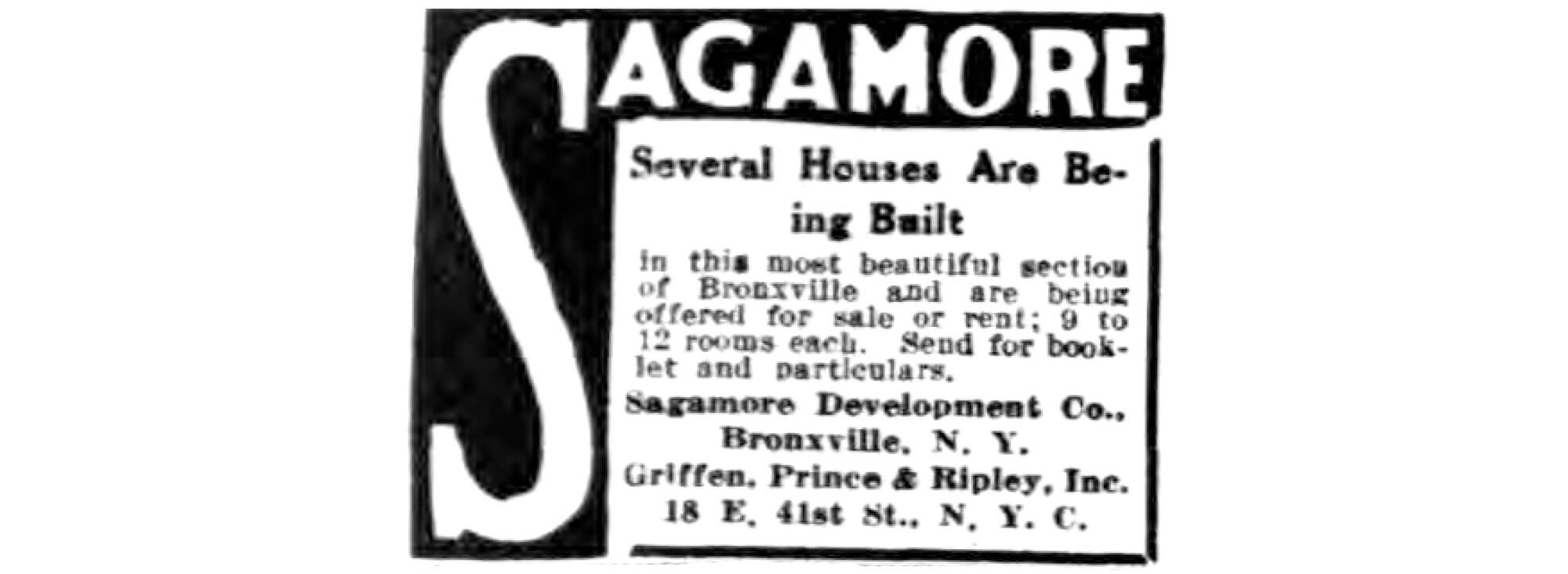
While some lots were sold to individuals, some buyers, including some directors of the Sagamore Development Company, bought multiple lots for development. According to a fabulously dense history of Bronxville, “Building a Suburban Village: Bronxville, New York, 1898-1998,” two of those who bought multiple lots were Frank E. Gates and Edward A. Morange.
Although they got into the business of development at Sagamore, the pair were business partners in a completely different venture: scenic design. Doing business since the 1890s as Gates & Morange, they were well respected for their design work for musical and dramatic productions. Over the more than four decades of their partnership they supplied set designs for clients like Florenz Ziegfeld and Oscar Hamerstein II.
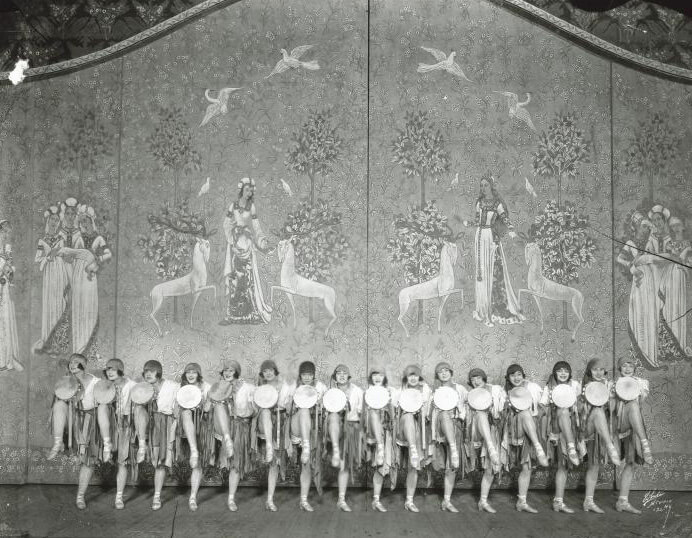
Gates and Morange bought lots in Sagamore in partnership but also individually, each working with their own personally selected architects. Gates chose to work with architect George Licht of the firm Delano and Aldrich. The Bronxville history volume credits Gates and Licht as responsible for five houses in Sagamore, including 140 Park Avenue. Most of the houses were Tudor Revival in spirit, a style popular in the newly developing suburbs. With asymmetrical massing and picturesque half-timbering, the style gave a flavor of “old world” design to new developments.
For 140 Park Avenue, architect Licht was faced with a sloping site and perched the house on the crest of the hill, overlooking the street. The garage was tucked into the base of the hill, right off the street. Construction on the house was well underway by June of 1918, with the Bronxville Review reporting that Gates was building a house on Park Avenue and expected to move in by the fall. By September of 1918, Frank E. and Melinda Gates were settled into 140 Park Avenue.
During their time in the house, Frank would have worked on shows like “The Ziegfeld Follies of 1924,” the 1926 production of “Betsy” with music by Rodgers & Hart and the 1928 production of “Macbeth” at the Knickerbocker Theatre.
The 1925 New York State census shows Frank and Melinda living at 140 Park Avenue with a maid, but in September of 1928 they moved out of the house to another property with a plan to move yet again when a new house they were constructing was ready. Frank and Melinda would move frequently but remained in Bronxville for the rest of their lives; Melinda died in the 1940s and Frank in 1952.
Purchasing the house from Gates was a Bronxville resident with an architectural bent, Howard Myers, publisher of Architectural Forum. The magazine began as The Brickbuilder in 1892 but after a name change in 1917 was in print as Architectural Forum until 1974. Focused on the business and art of American architecture, it’s a rich resource for info on who was building what and when. Howard and Louise Myers only spent a few years on Park Avenue, moving out in the early 1930s.
The house has had a fair number of owners over the years who have made their own design decisions, but much of its original charm survives intact.
Inside, the interior is not as extravagant as some Tudor homes but has nice touches to match the picturesque exterior. There are wood floors, beamed ceilings and several mantels. It’s unclear when the decorative painting on the beams in the parlor was done and it looks like the bricks of the fireplace surround might have been given a coat of whitewash to lighten their probably darker original appearance.
The other mantel visible in the listing photos is in the vaulted study and here it seems to have retained the dark bricks to go with the darker wood of the space. According to the Bronxville history, Gates usually set up a studio “smelling of cigars and turpentine” in a second floor room. This space, with its high ceiling, cozy window seat and large fireplace would seem perfect for an artist’s lair.
There’s a cozy sunroom off the parlor with plenty of tree-filled views.
The dining room is minimalist in its Tudor influence — no heavy beamed ceilings here, but it is window-filled.
The eat-in kitchen has had some updates since 1918. It’s next to the dining room and there’s also a door to the rear patio.
There are five bedrooms, including a master with en-suite bath.
Including the master, there are four full baths and one half bath in the house.
The basement has been turned into an entertainment space with a wet bar.
If you need more entertainment space there’s a stone terrace outside with pathways winding through the landscaped grounds. To head into the city it’s just about a 5 minute ride to the Bronxville Station with MetroNorth service.
The house is listed for $1.795 million by Lynn Joyce of Houlihan Lawrence.
Related Stories
- Step Back in Time to the Heyday of a Great Estate With a Tour of Untermeyer Gardens
- An Architect Specializing in Small House Design Built a 1930s Charmer in Westchester County
- The Drool-Worthy House From ‘Stepmom’ Has Hudson River Views and Picturesque Charm
Email tips@brownstoner.com with further comments, questions or tips. Follow Brownstoner on Twitter and Instagram, and like us on Facebook.

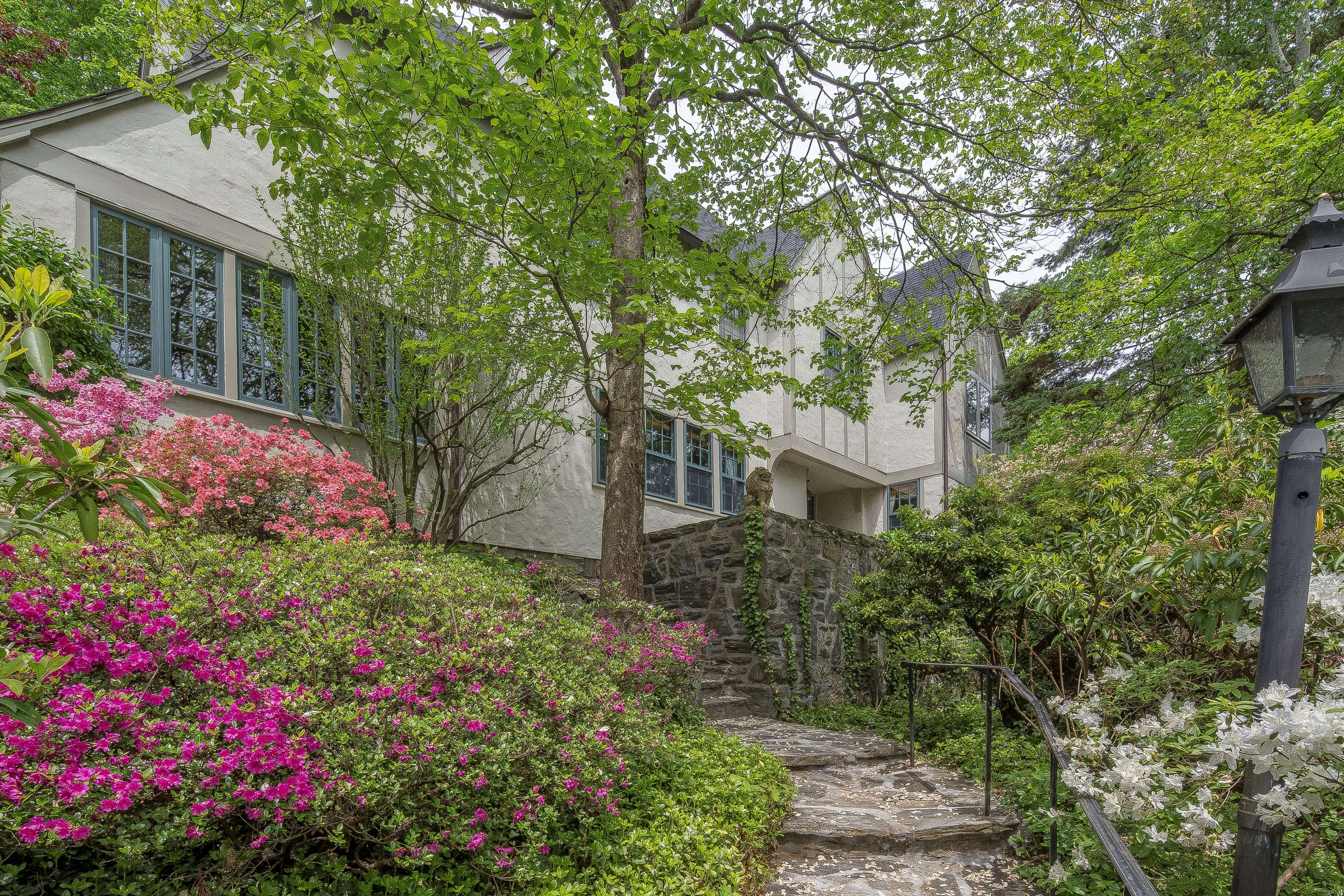
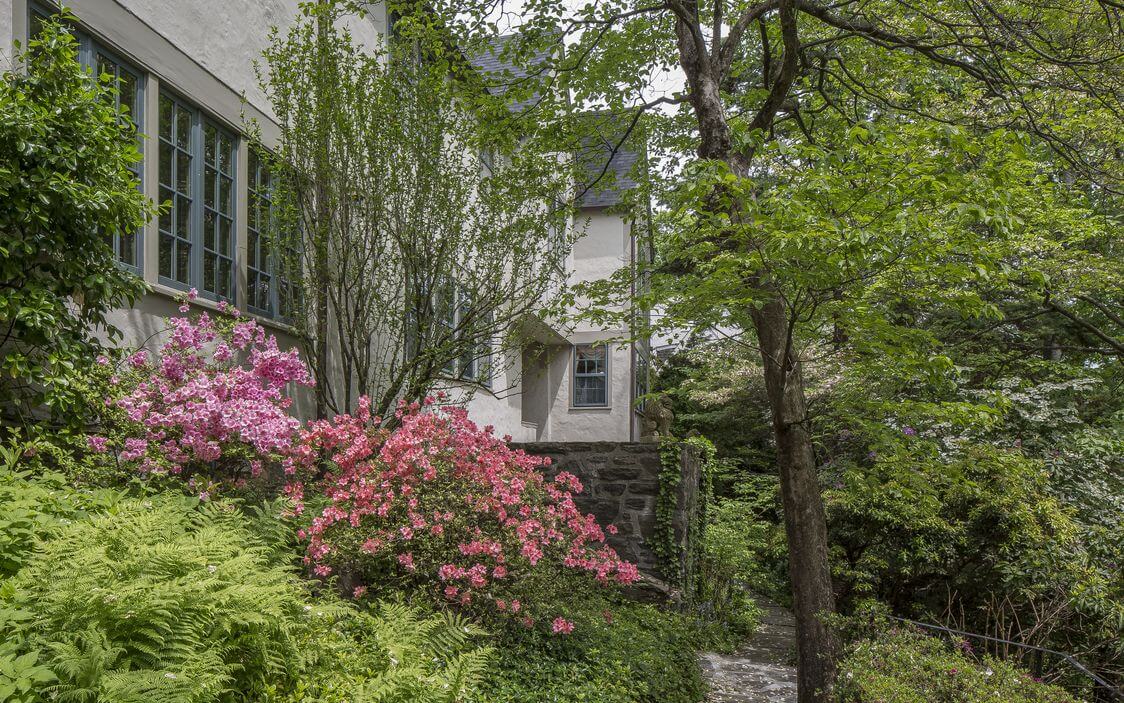
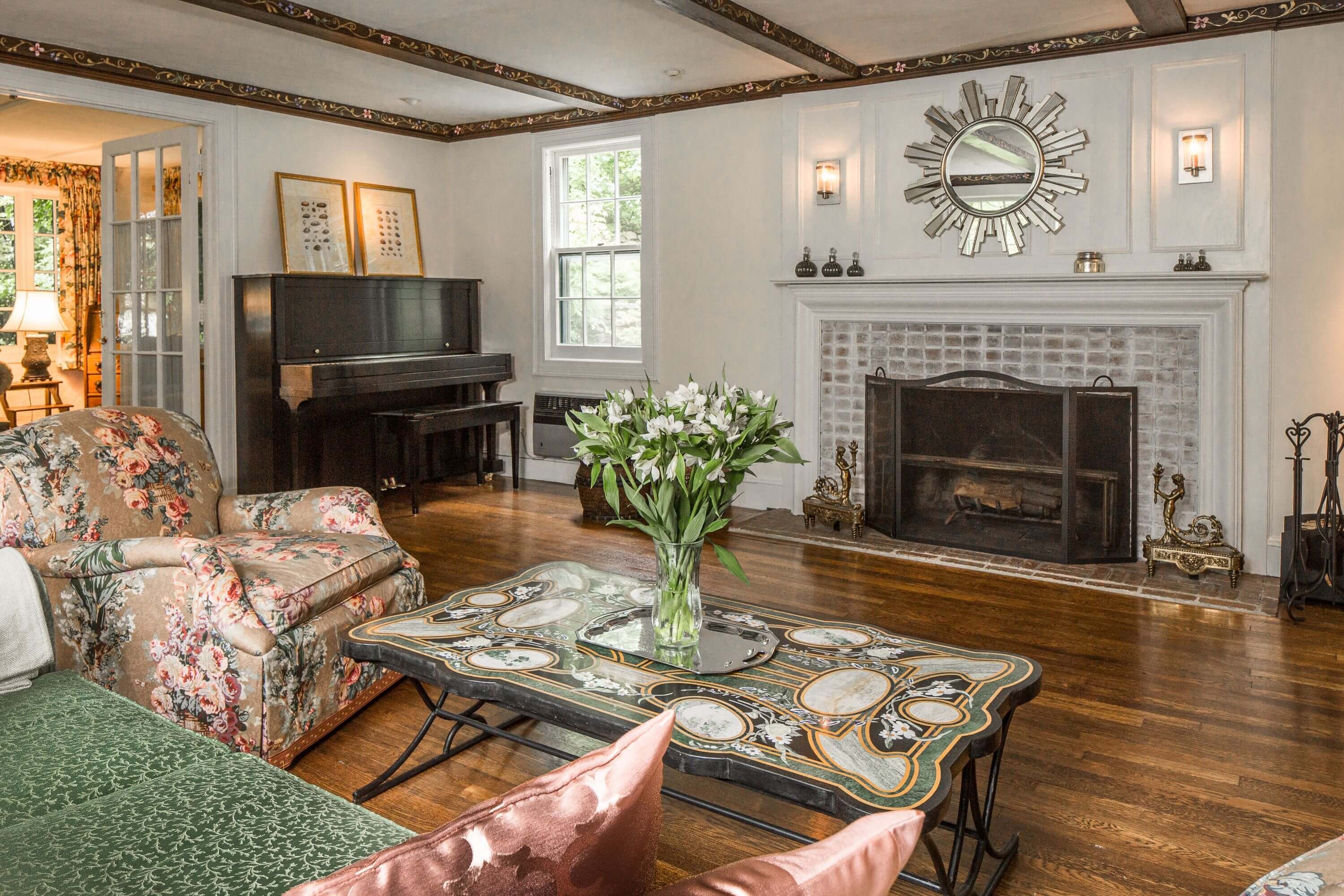
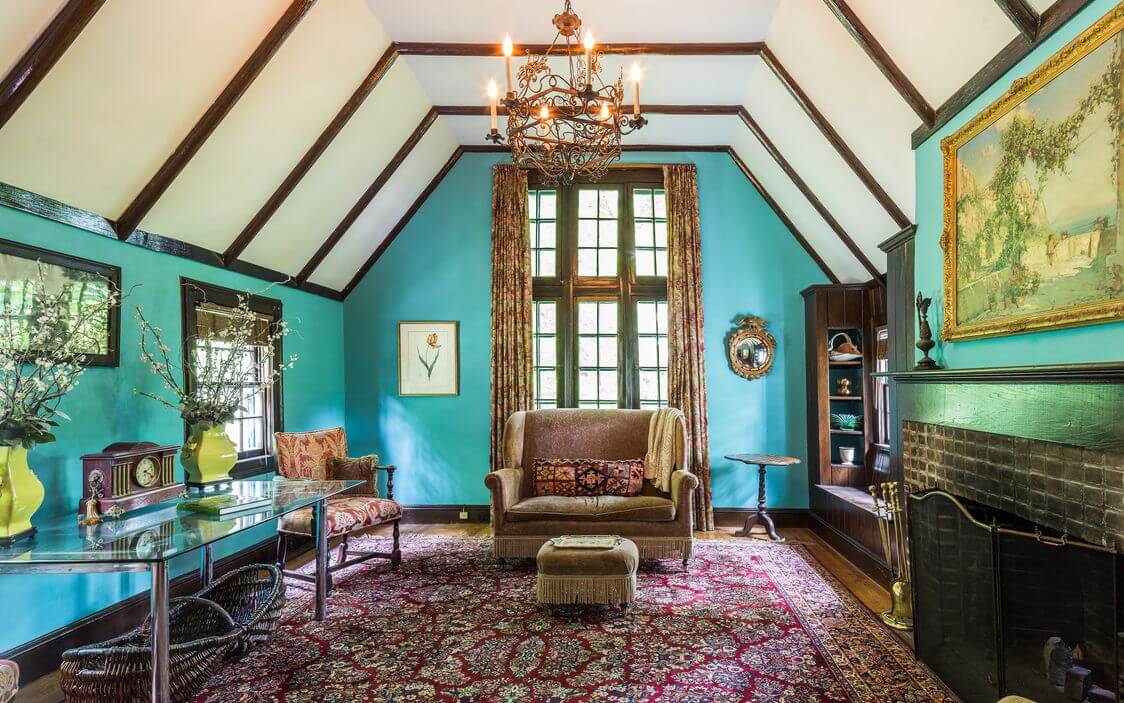
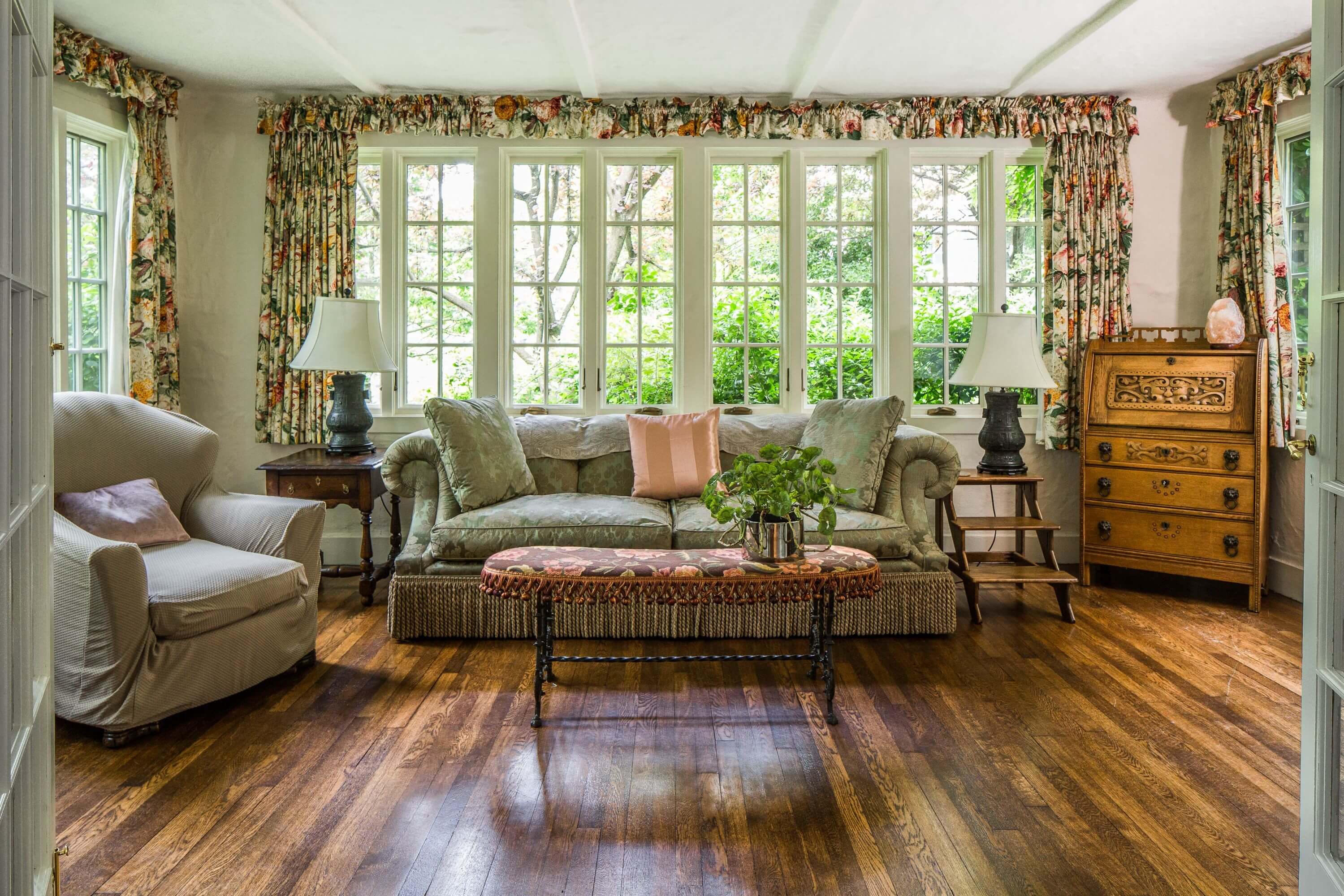
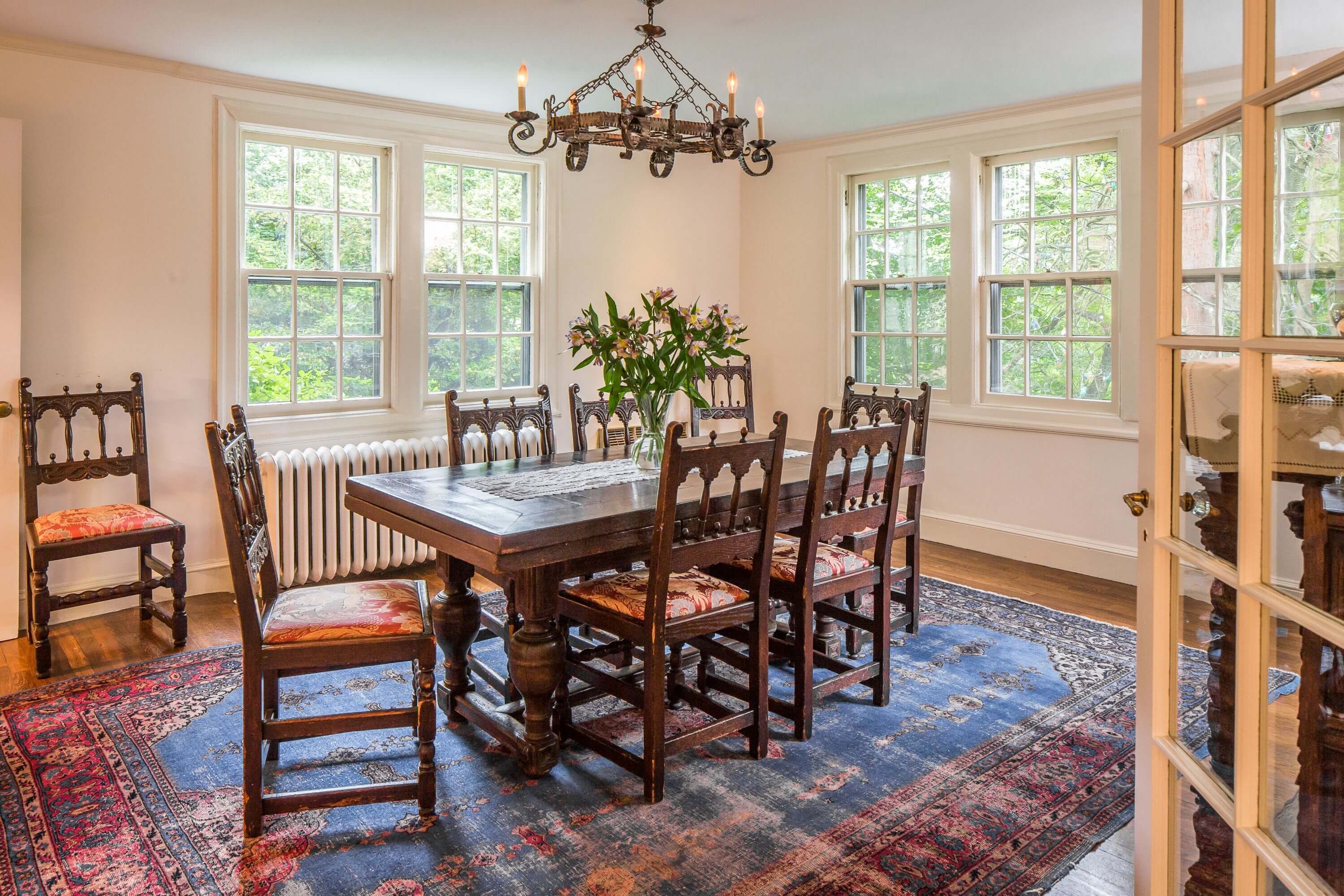
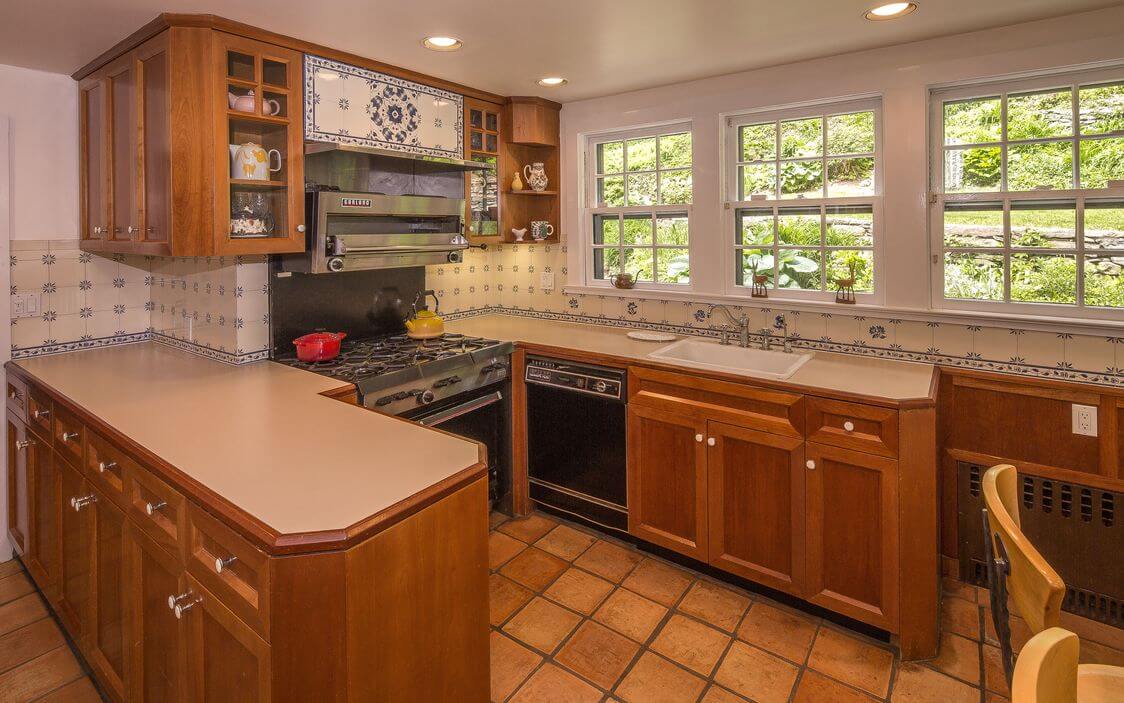
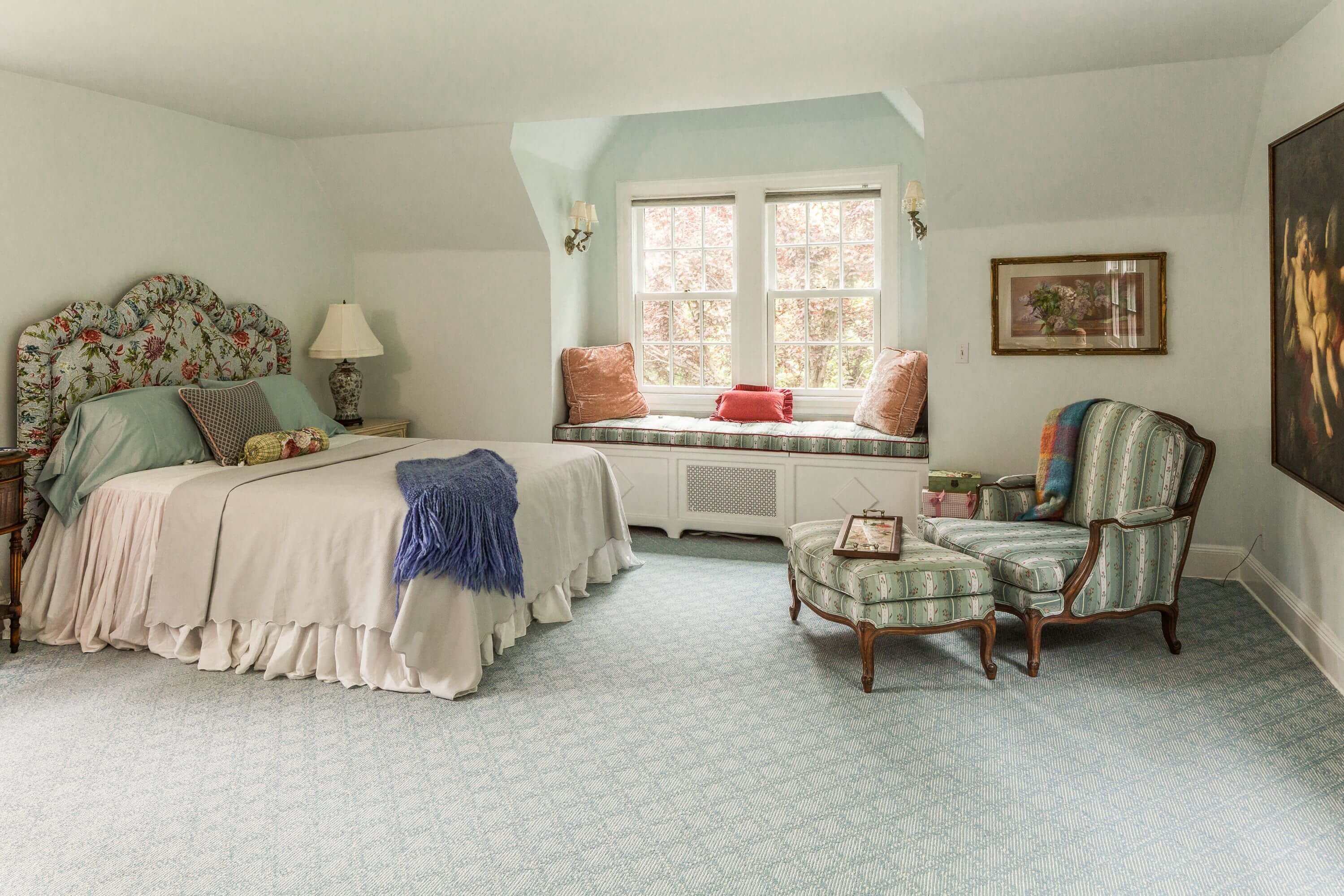
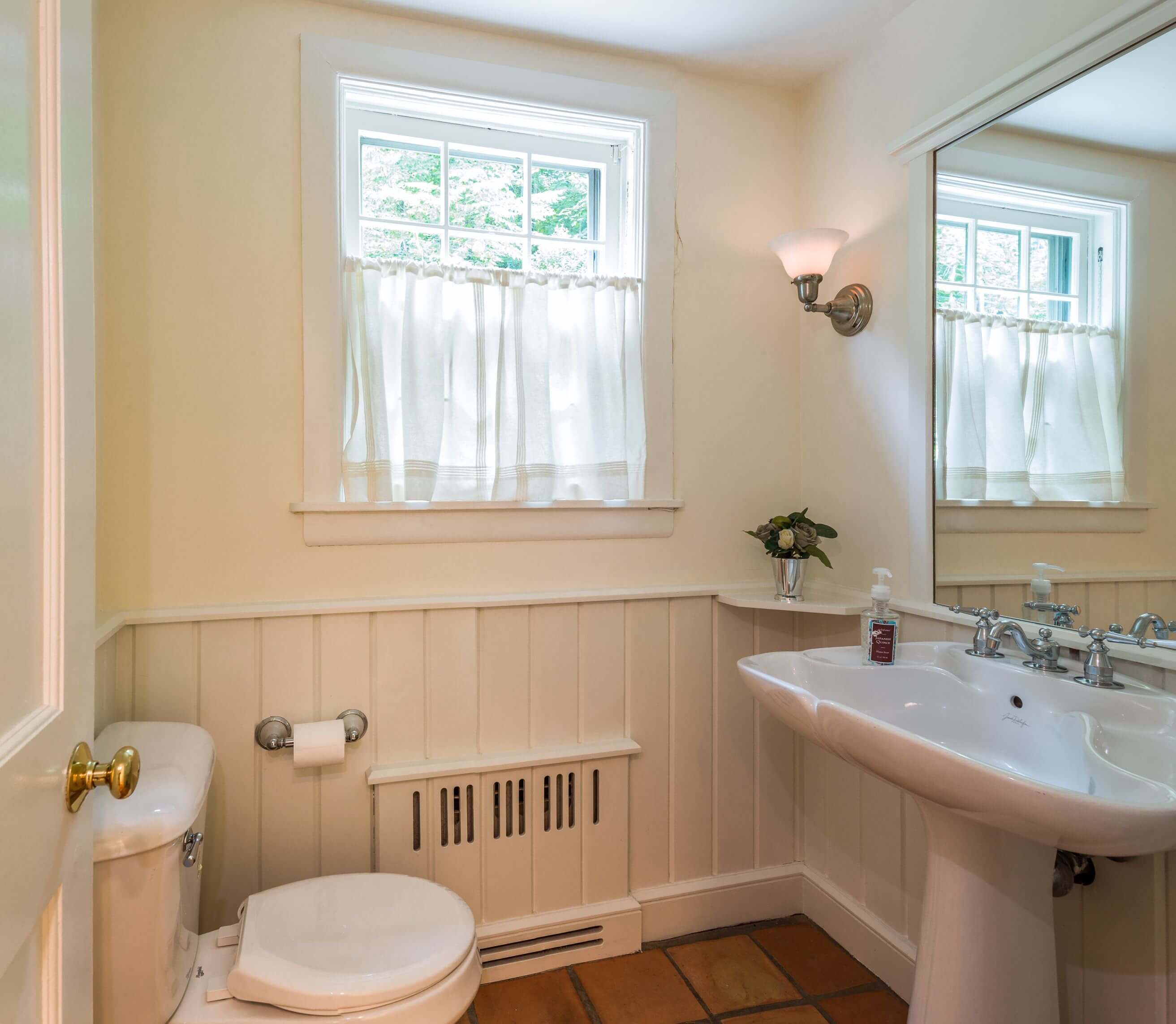
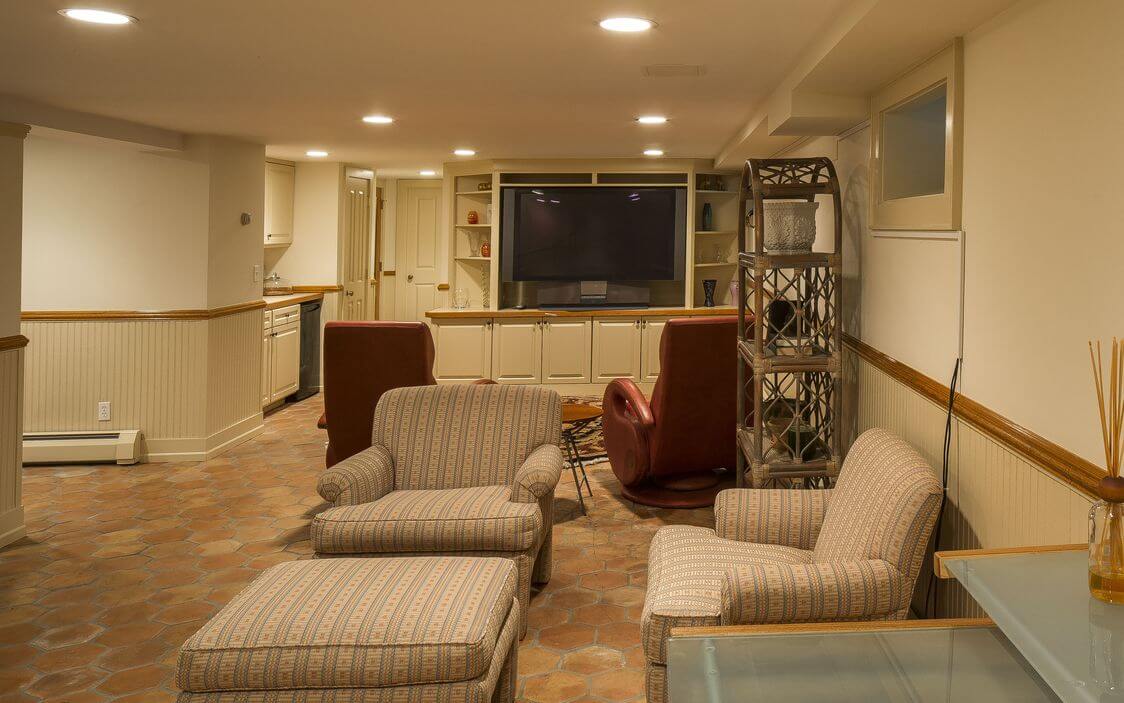
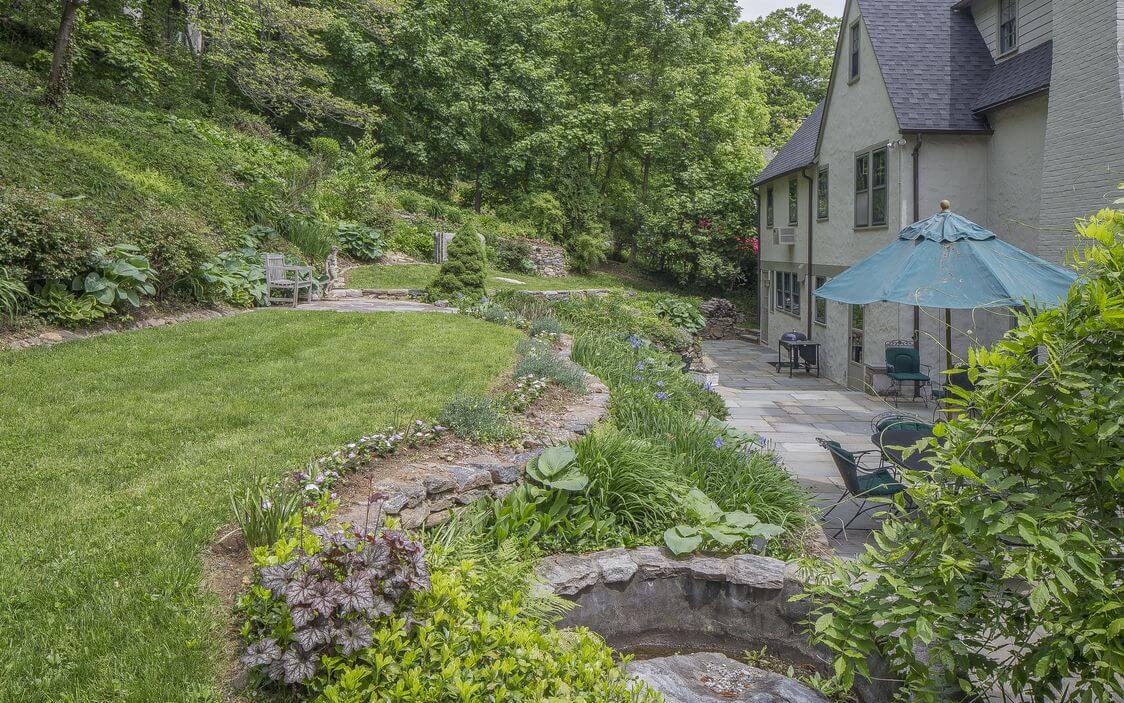
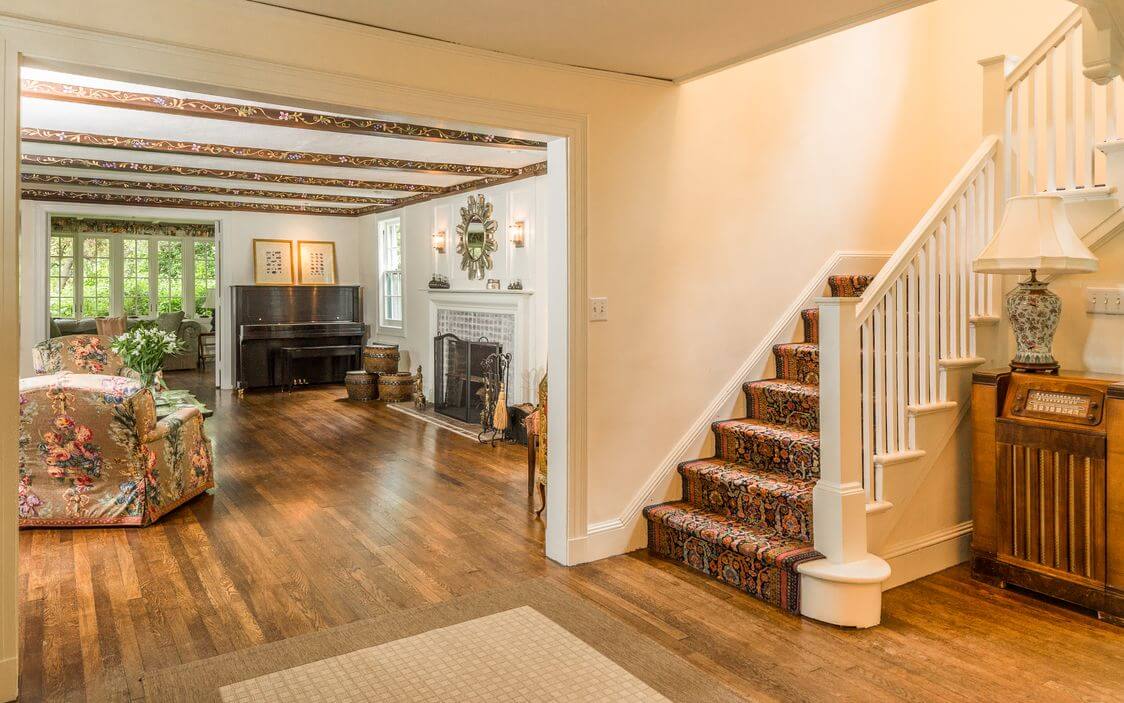
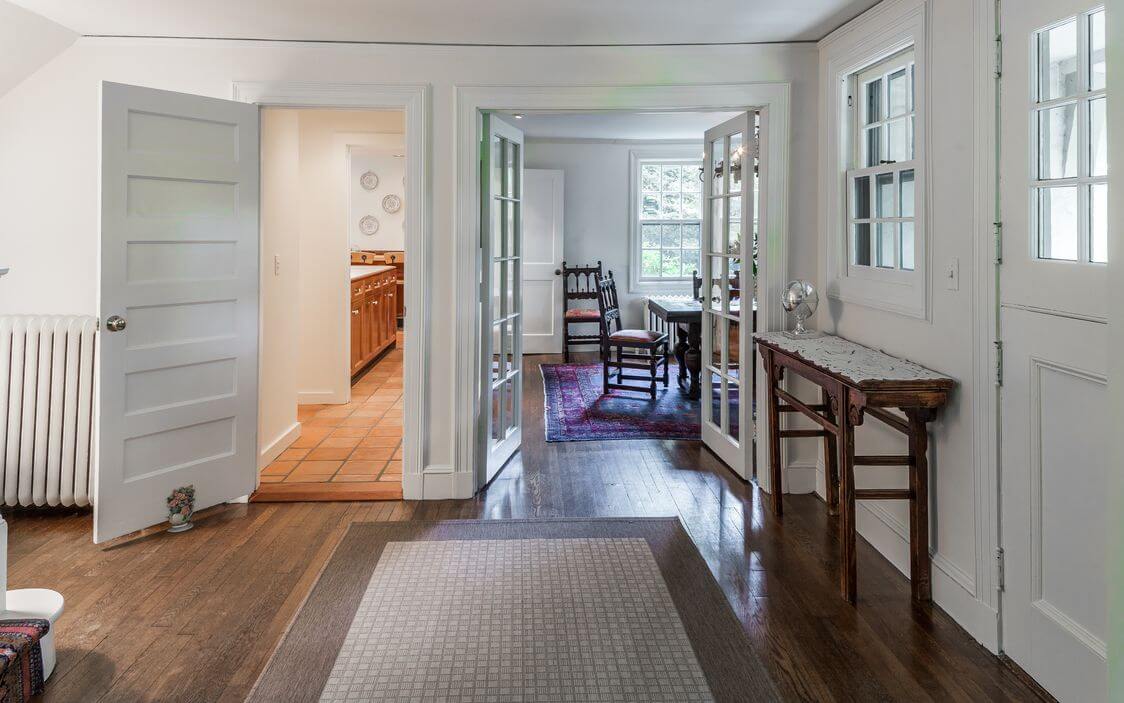
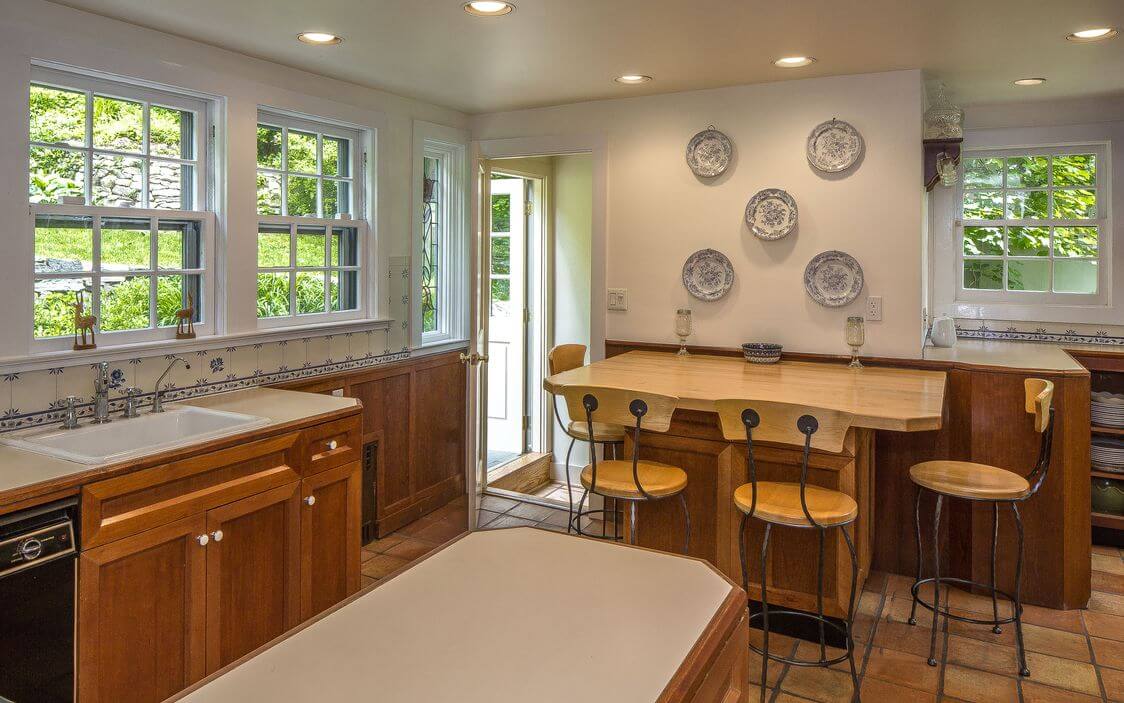
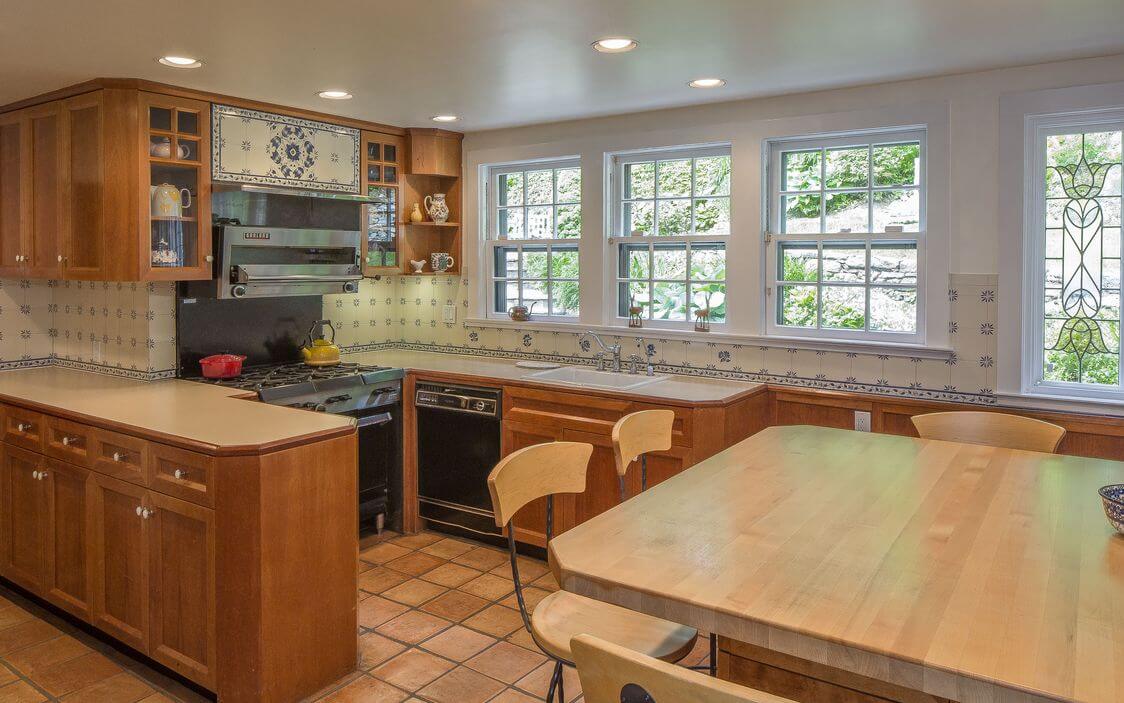
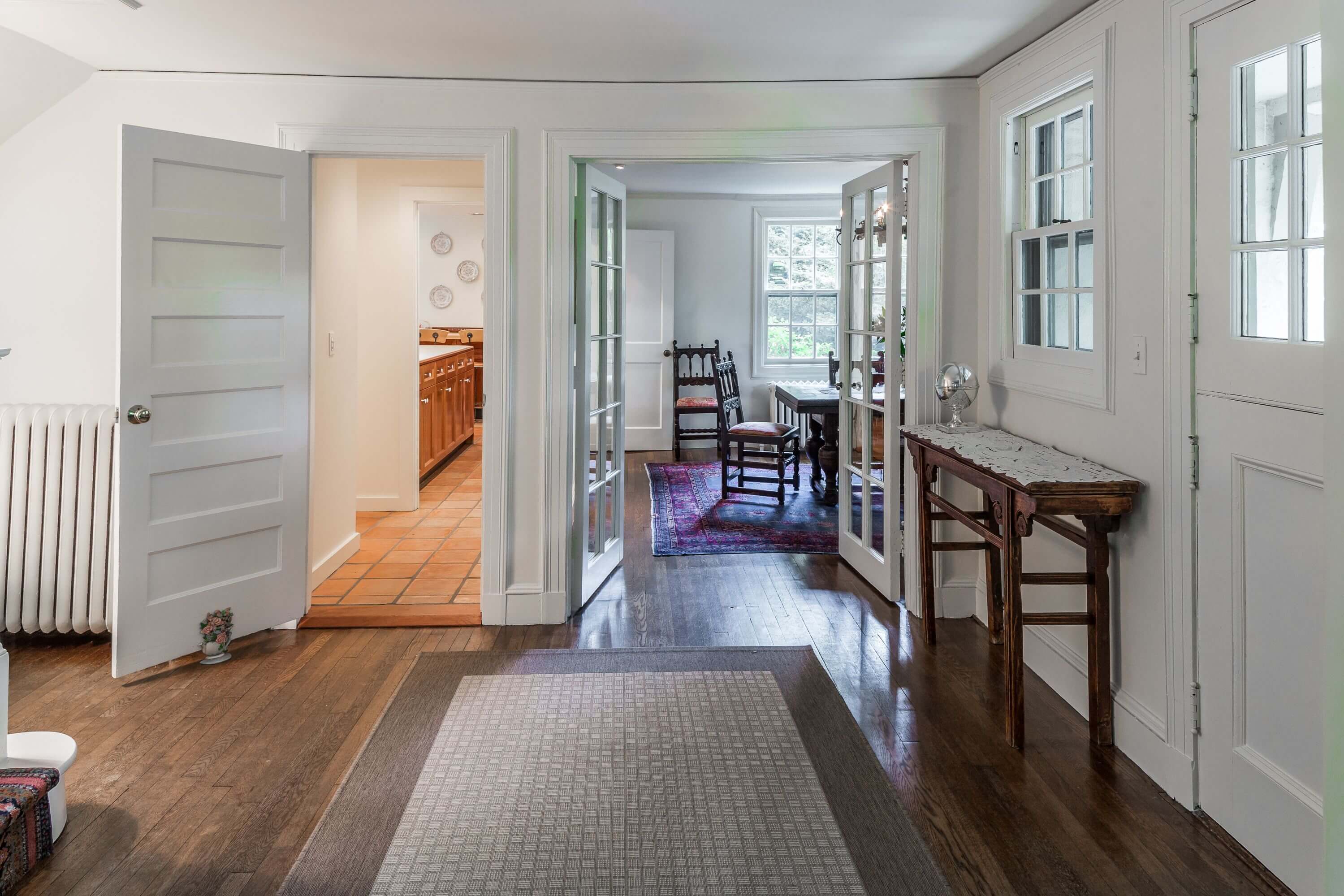
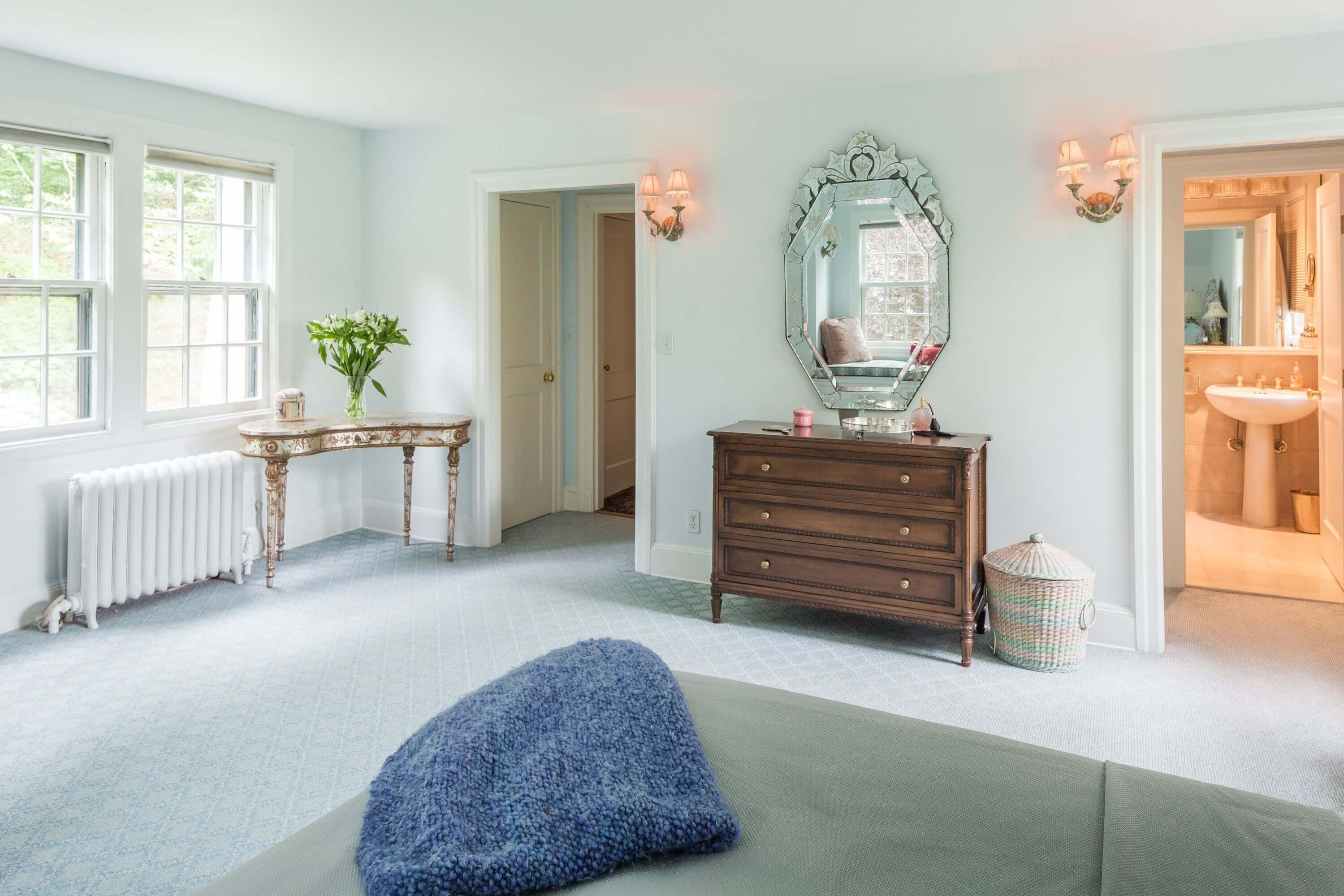
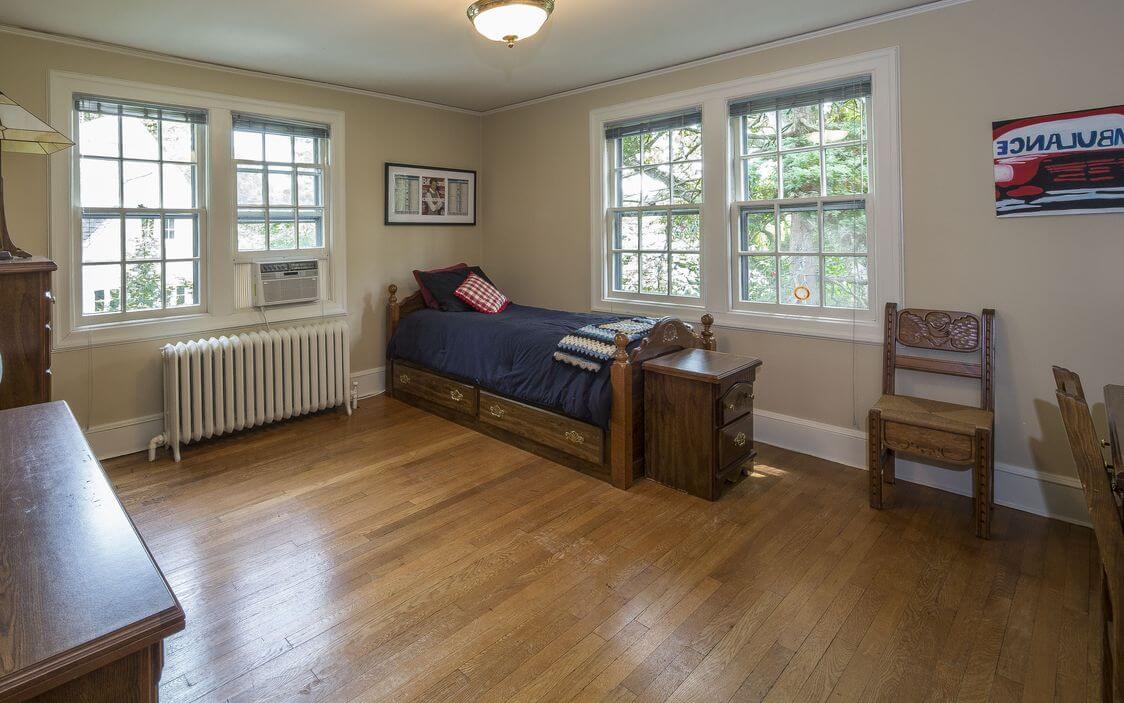
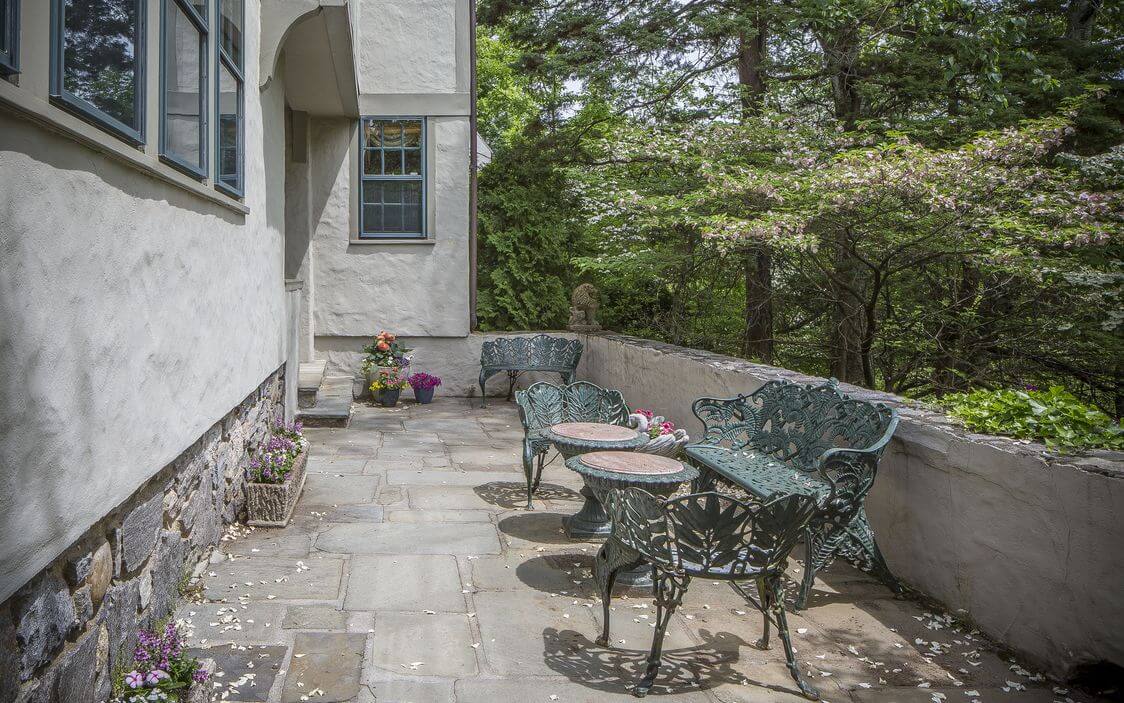
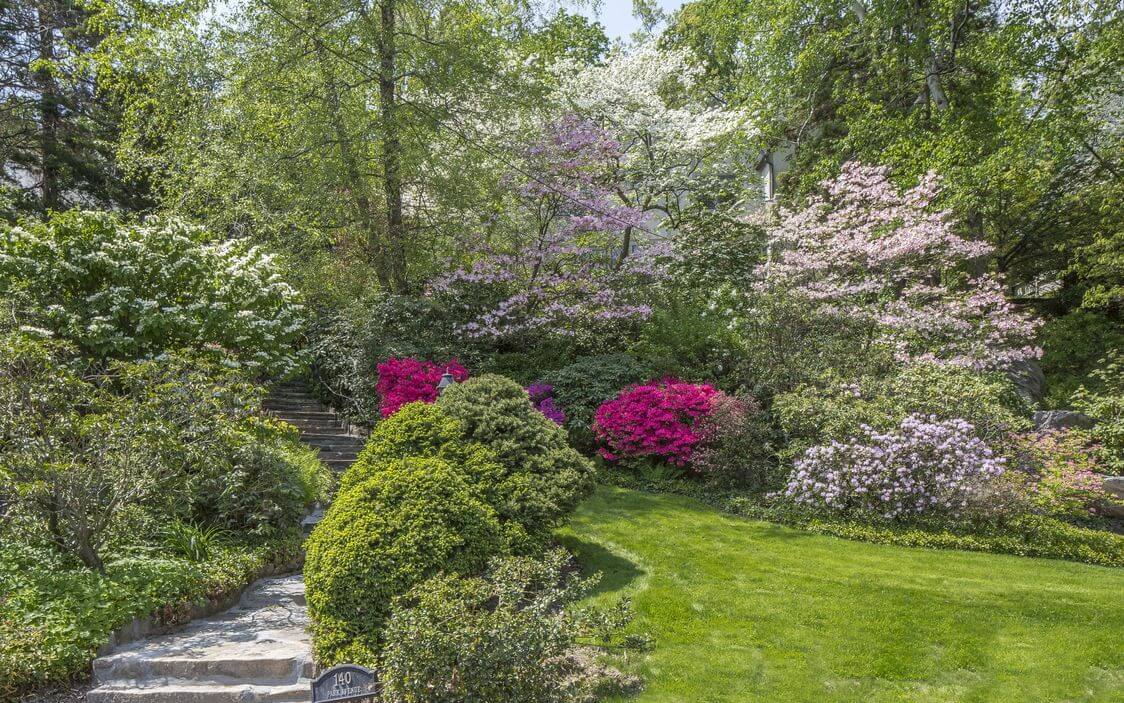








What's Your Take? Leave a Comment